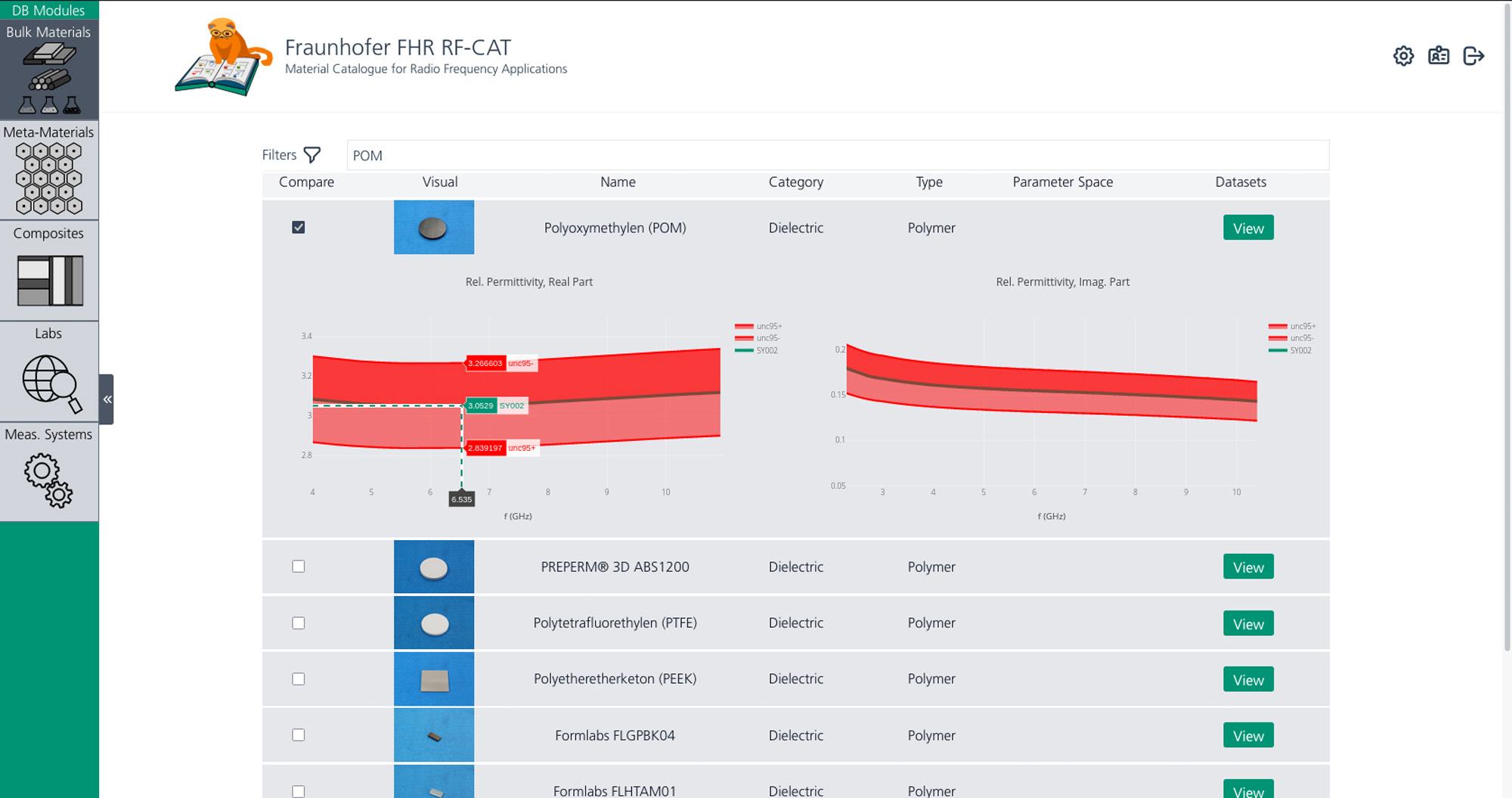Bundled knowledge: Materials for high-frequency applications
Even in the information age, it is sometimes not easy to obtain the data you need: For example, the electromagnetic material parameters needed for antennas in high-frequency technology. A web-based catalog is to provide these parameters from a single source for the first time.

The range of materials that can be used for applications in high-frequency technology is wide: various magnetic, dielectric, conductive and absorbing materials come into consideration. Each one has its own unique material parameters. Especially for simulations of antenna structures, feeding networks and platforms for high-frequency applications, these parameters must be known exactly, otherwise the simulation results would not be very accurate. Another difficulty is that the material parameters change with frequency - sometimes more, sometimes less, depending on the material. Only limited information about the electromagnetic behavior of materials can be found in simulation tools, publications and data sheets. Information on new materials is hardly available at the moment. In addition, only a few key values are usually given for each material - for given parameters at lower frequencies, only extrapolation remains, which can, however, deviate greatly from reality. The same applies to the behavior of the materials at varying temperatures.
Measurement of parameters at Fraunhofer FHR
At Fraunhofer FHR there is the possibility to measure the characteristic parameters of the individual materials, with different setups and in different frequency ranges. However, such measurements are a time-consuming and cost-intensive undertaking: First, the device has to be calibrated, then the setup has to be validated with further material before the material can be measured several times to estimate the measurement uncertainty.
Web-based catalog
For the first time, the researchers at Fraunhofer FHR are compiling all the parameters determined, including the measurement uncertainty, in a web-based catalog - the project will run until mid-2024. The basic framework of the database is already in place, as is the prototype of a web interface. The parameters of 15 materials have also already been added, and the trend is steadily upward. Currently, the database is still running on a test server; in the coming months, it will be made accessible to the entire Fraunhofer FHR. Researchers will then be able, among other things, to compare materials with each other or search specifically for materials with certain characteristic values. In a further step, metamaterials will also be included in the catalog: Material compositions that cause wave effects due to their special composition. Other candidates for the database are 3D-printed materials. Here, the parameters are to be specified both for the raw material and for the printed material - depending on the printer type as well as the process parameters. In the long term, it is conceivable to make the platform available to the European market.